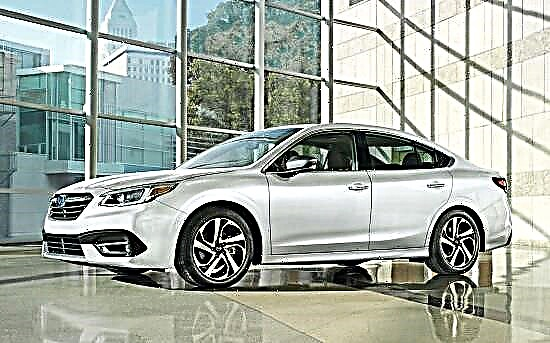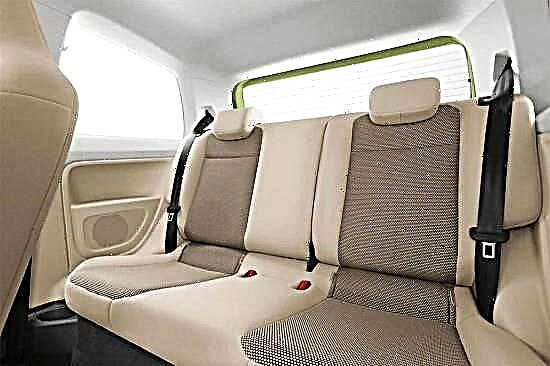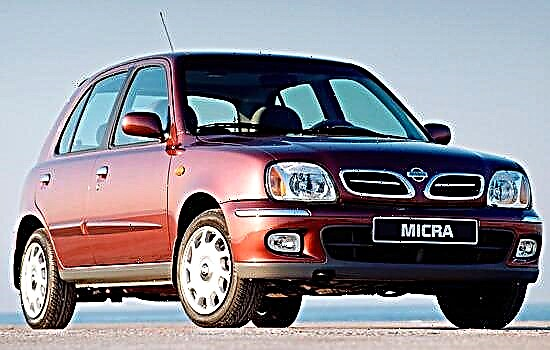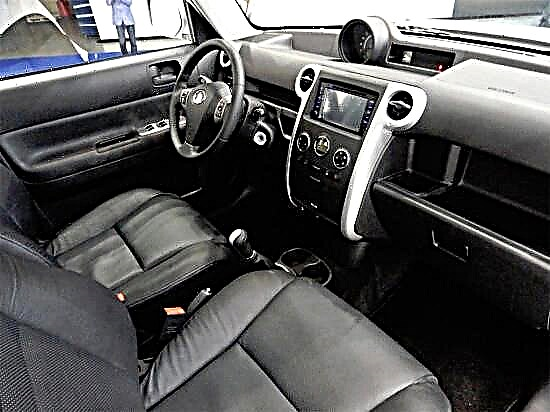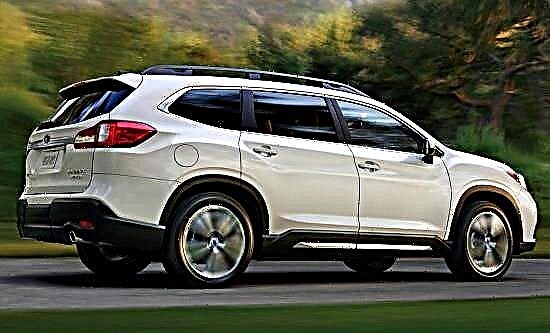The presentation of the first-generation large minivan Ford Galaxy, which became the "fruit" of cooperation between Ford and Volkswagen, took place in the spring of 1995 at the Geneva Bridal Show. In 1997, the car underwent a planned restyling: the changes mainly affected only the interior decoration, although the list of equipment was replenished with new items.

The production of the "American" continued until 2000, after which the second generation car was released (in fact, a deeply modernized version of the original model).

The "first" Ford Galaxy is a representative of the class of full-size minivans with a seven-seater cabin configuration. Its length is 4617 mm, width - 1810 mm, height - 1730 mm. The gap between the axles of the one-volume tank is 2835 mm of the total length, and its clearance under the bottom does not exceed 150 mm. When equipped, the American "family man" weighs from 1658 to 1935 kg, depending on the modification.
Specifications. For the 1st generation Galaxy, five powerplant options were offered:
- The gasoline part consisted of in-line atmospheric "fours" for 2.0-2.3 liters, producing from 116 to 145 horsepower and from 170 to 203 Nm of peak thrust, and a six-cylinder engine with a V-shaped scheme with a volume of 2.8 liters, the return of which reaches 174 "mares" and 235 Nm of torque.
- The diesel palette consisted of two 2.0-liter turbo engines developing 90-110 "horses" and 202-235 Nm.
The set to the units on the "first Galaxy" was equipped with a 5-speed "mechanics" or a 4-speed "automatic" and a front-wheel drive transmission. For the most powerful petrol version, a plug-in all-wheel drive system was also available.

The base for the full-size minivan is the front-wheel drive platform "B-VX62", which implies the presence of a completely independent chassis: MacPherson struts in the front and a multi-link layout at the rear. All wheels of the first generation Ford Galaxy are equipped with disc brakes (the front ones are supplemented with ventilation), and a hydraulic booster is built into the rack and pinion steering system.
The advantages of "Galaxy" can be considered a well-organized salon with a large margin of space, comfortable suspension, inexpensive spare parts, good handling, excellent visibility and high-torque engines.
The disadvantages of a monocab include poor sound insulation, high fuel consumption (especially for gasoline modifications) and low ground clearance.

